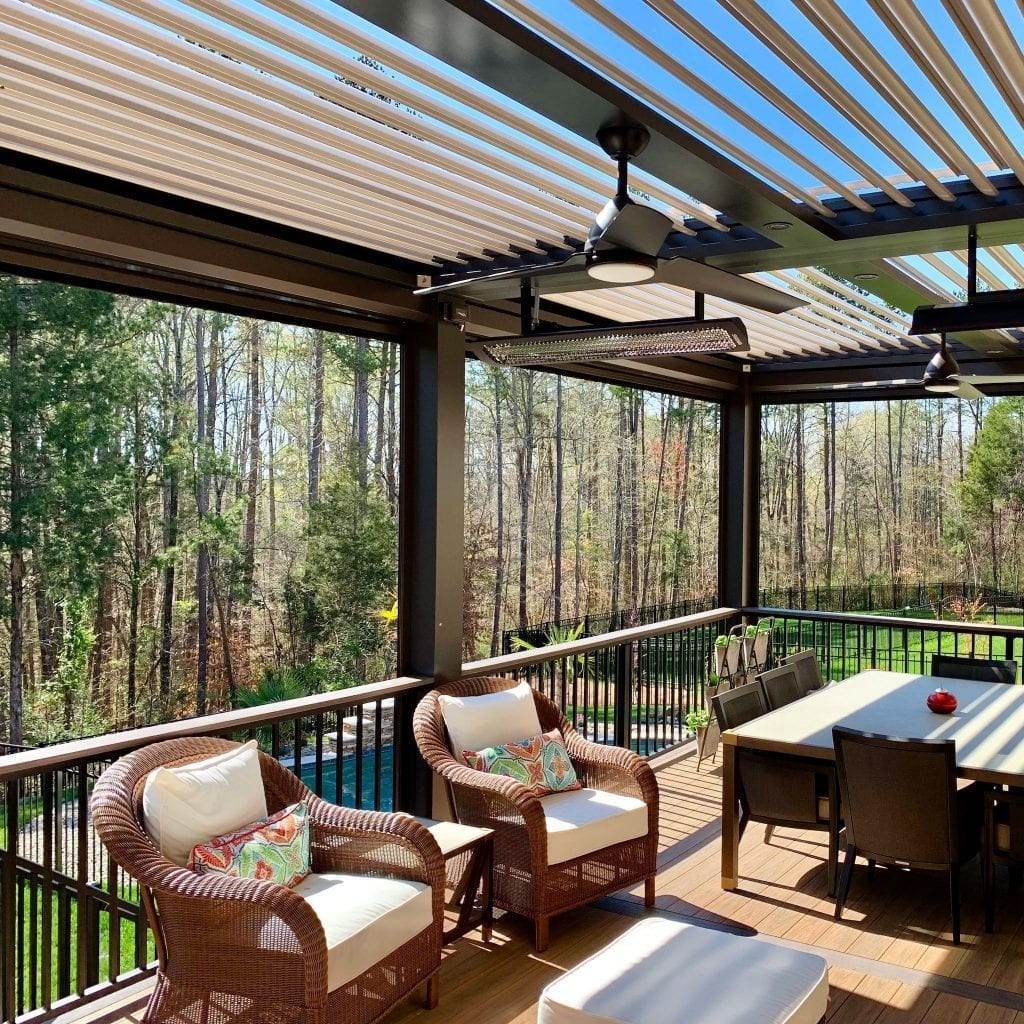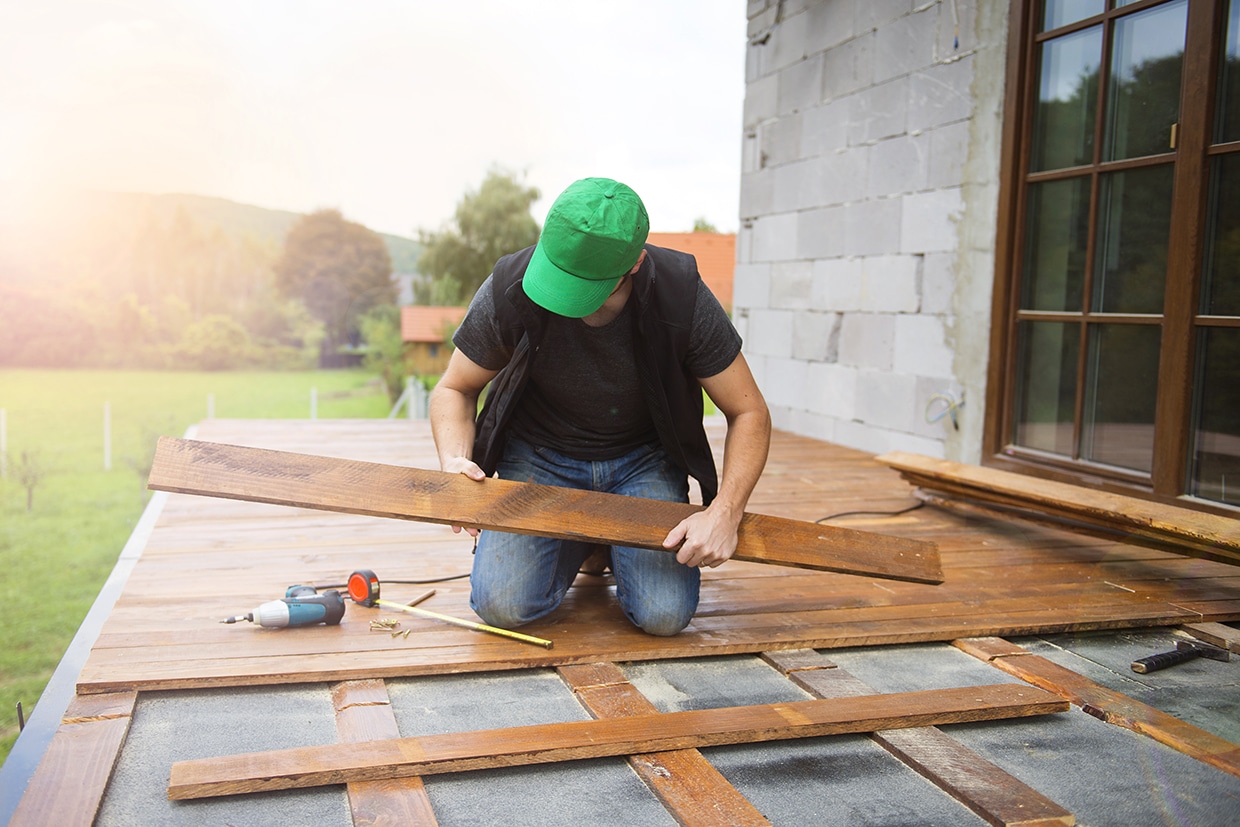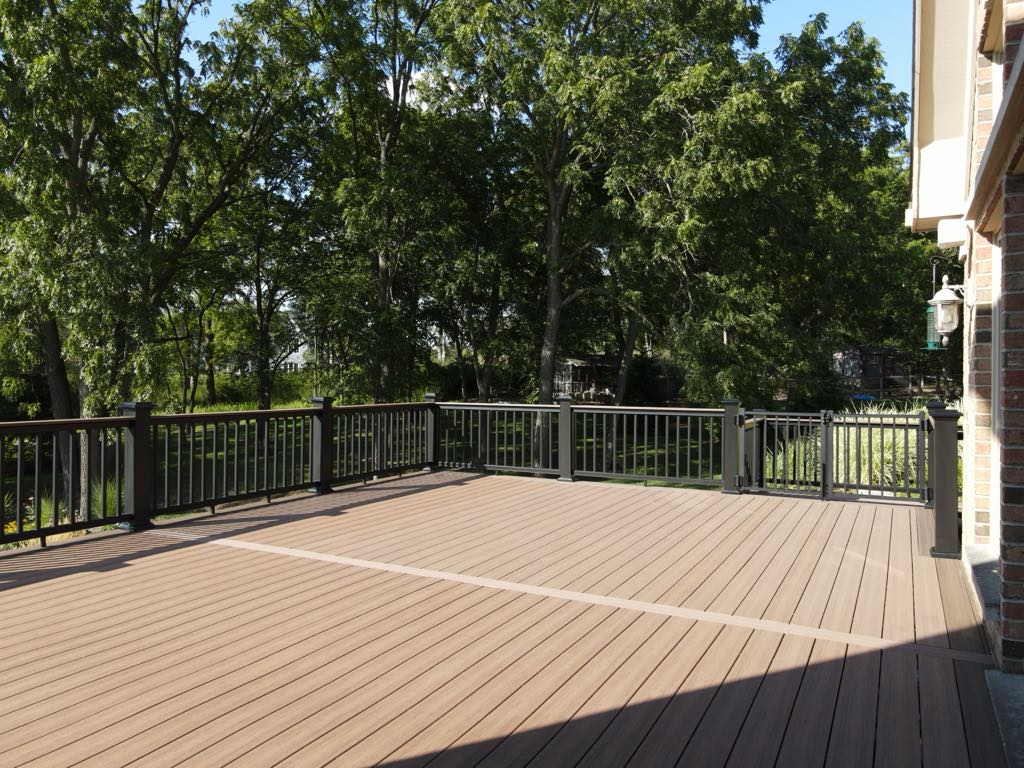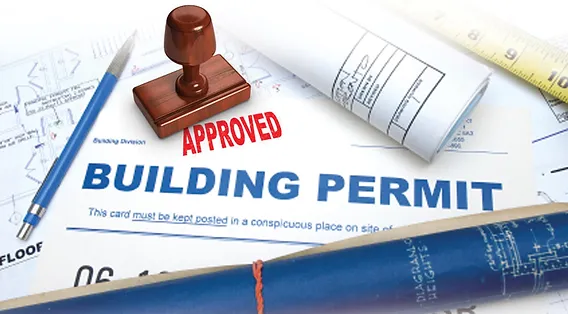Deck Parts Explained: A Comprehensive Guide to Understanding Every Component
A well-designed and properly maintained deck can be a wonderful addition to any home, providing a comfortable outdoor living space for relaxation, entertainment, and enjoying the beauty of nature. However, to ensure the longevity, safety, and aesthetic appeal of your deck, it is crucial to understand the various components that make up this structure. In this comprehensive guide, we will dive into the key deck parts, explaining their functions and importance in creating a sturdy and visually appealing outdoor oasis.
Foundation and Substructure Components
The foundation and substructure of a deck are that provide the necessary support and stability for the entire structure. Let’s take a closer look at these essential components:
Footings: Footings are the lowermost part of the deck’s foundation, made of concrete. They are dug below the frost line to prevent shifting and heaving due to freeze-thaw cycles. The size and depth of the footings depend on factors such as soil conditions, deck size, and local building codes.
Posts: Posts are vertical structural members, typically a 6×6 that transfer the weight of the deck to the footings. They are made of pressure-treated lumber and must be properly anchored to the footings to ensure stability.
Beams: Beams are horizontal structural members that span across the posts, providing support for the joists. The size and quantity of the beams depend on the span and load requirements of your deck.
Joists: Joists are horizontal structural members that run perpendicular to the beams and support the decking boards. These must be properly spaced and sized to ensure a stable and level deck surface.
Ledger Board: The ledger board is a crucial component that connects the deck to the house. It is a horizontal board attached to the house’s rim joist, providing support for one end of the deck joists. Proper flashing and waterproofing of the ledger board are essential to prevent water damage and ensure a secure connection.
Decking Materials

The decking material you choose will greatly impact the appearance, durability, and maintenance requirements of your deck. Let’s explore the most common options:
Wood Decking: Traditional wood decking, such as pressure-treated lumber, cedar, or redwood, offers a classic and natural look. While wood is affordable and easy to work with, it requires regular maintenance, such as staining and sealing, to prevent weathering and decay.
Composite Decking: Composite decking is made from a mixture of wood fibers and plastic, providing a low-maintenance alternative to wood. It is resistant to weathering, insects, and decay, and comes in a variety of colors and textures to mimic the look of natural wood.
PVC Decking: PVC decking is made entirely from plastic, offering superior durability and minimal maintenance requirements. It is resistant to moisture, insects, and fading, making it an excellent choice for harsh climates or areas prone to high humidity.
Decking Components
Once you have selected your decking material, it’s time to understand the various components that make up the visible surface of your deck:
Deck Boards: Deck boards are the horizontal planks that create the walking surface of your deck. They are typically installed perpendicular to the joists and can be fastened using nails, screws, or hidden fasteners.
Deck Fasteners: Deck fasteners are used to secure the deck boards to the joists. Common options include screws and hidden fasteners. Hidden fasteners are increasingly popular as they create a clean, seamless look and prevent the formation of visible holes on the deck surface.
Fascia Boards: Fascia boards are the trim boards that cover the ends of the joists and beams, providing a finished appearance and protecting the substructure from the elements.

Skirting: Skirting is the material used to enclose the space beneath your deck, preventing animals from entering and creating a finished appearance. It can be made from the same material as your decking or a complementary material, such as lattice.
Railing Systems

Railing systems are not only a safety requirement but also a key design element of your deck. Let’s break down the components of a typical railing system:
Posts and Balusters: Posts are the vertical supports that anchor the railing system to the deck frame, while balusters are the vertical spindles or pickets that fill the spaces between the posts. They can be made from various materials, such as wood, composite, aluminum, cable, or glass, and come in a wide range of styles to suit your design preferences.
Top Rail: The top rail is the uppermost horizontal member of the railing system, providing a comfortable gripping surface and tying the posts and balusters together.
Bottom Rail: The bottom rail is the lowermost horizontal member of the railing system, providing additional stability and a finished appearance.
Railing Accessories: Railing accessories include items such as post caps, lighting fixtures, and decorative elements that enhance the appearance and functionality of your railing system.
Stairs and Steps
Stairs and steps are essential components of decks that are elevated above the ground. Let’s examine the key parts of a typical stair system:
Stringers: Stringers are the structural members that support the treads and risers of the stairs. They are typically cut from pressure-treated lumber and must be properly sized and spaced to ensure stability and safety.
Treads: Treads are the horizontal boards that form the stepping surface of the stairs. They can be made from the same material as your decking or a complementary material, such as composite or PVC.
Risers: Risers are the fascia boards that close the gaps between the treads, providing a finished appearance and preventing objects from falling through the stairs.
Landings: Landings are the flat, horizontal platforms that provide a resting spot between flights of stairs or at the top and bottom of the staircase. They must be properly sized and supported to ensure safety and comfort.
Deck Accessories
Deck accessories are the finishing touches that enhance the functionality and aesthetic appeal of your outdoor living space. Let’s explore some popular options:
Lighting Fixtures: Deck lighting can be used to create ambiance, improve safety, and extend the usability of your deck into the evening hours. Options include post cap lights, stair lights, and recessed deck lights.
Built-in Seating and Storage: Built-in benches, planters, and storage boxes can maximize the usable space on your deck while providing convenient seating and storage solutions.
Pergolas and Covered Porches: Pergolas and covered porches are overhead structures that provide shade, define outdoor living spaces, and add visual interest to your deck design.

Planters and Flower Boxes: Incorporating planters and flower boxes into your deck design can add color, texture, and natural beauty to your outdoor living space.
Deck Maintenance and Repairs
Regular maintenance and timely repairs are crucial for keeping your deck in top condition and extending its lifespan. Let’s discuss the essential tasks:
Cleaning and Washing: Regularly sweeping and washing your deck removes dirt, debris, and stains that can detract from its appearance and contribute to deterioration.

Staining and Sealing: For wood decks, reapplying stains and sealants every 1-2 years, depending on the product and exposure conditions, protects the wood from moisture and UV damage.
Replacing Damaged Components: Promptly replacing damaged deck boards, railings, or structural components prevents further deterioration and ensures the safety and stability of your deck.
Deck Design Considerations
Designing a functional and visually appealing deck involves careful consideration of several factors:
Size and Shape: Determining the appropriate size and shape of your deck based on your available space, intended use, and design preferences is crucial for creating a comfortable and usable outdoor living area.
Deck Layout: Planning the layout of your deck, including the placement of seating areas, dining spaces, and accessory features, maximizes its functionality and flow.
Integration with Surrounding Landscape: Designing your deck to complement and integrate with the surrounding landscape, including existing trees, gardens, and hardscape features, creates a cohesive and visually appealing outdoor space.
Summary
Understanding the various components and considerations involved in deck construction is essential for creating a safe, durable, and visually appealing outdoor living space. By familiarizing yourself with the deck parts, materials, and design factors discussed in this comprehensive guide, you’ll be well-equipped to plan, build, and maintain a deck that enhances your home and provides years of enjoyment.
Remember, regular maintenance is key to extending the lifespan of your deck and ensuring its continued safety and beauty. By following a consistent cleaning, staining, and repair schedule, you’ll be able to identify and address potential issues before they escalate, saving you time and money in the long run.
Ultimately, a well-designed and maintained deck is more than just a functional addition to your home; it’s an inviting outdoor oasis where you can relax, entertain, and make lasting memories with family and friends. By understanding the intricacies of deck parts and construction, you’ll be able to create a space that truly reflects your style and enhances your quality of life.
Trust the Experts in Composite Deck Installation
Whether you’re just beginning to explore your options or are ready to start building, Decked Out Builders is here to be your trusted deck-building partner. Our team of skilled professionals has decades of experience as premier composite deck builders in Illinois and Wisconsin. We’re happy to answer any questions you may have about composite decking materials and can help you schedule a design consultation when you’re ready to move forward.
In addition to custom composite decks, we offer a range of other outdoor living services, including porches, patios, pergolas, outdoor kitchens, and more. Browse our portfolio of showpiece custom decks and request your free quote today to start turning your outdoor living dreams into reality.















